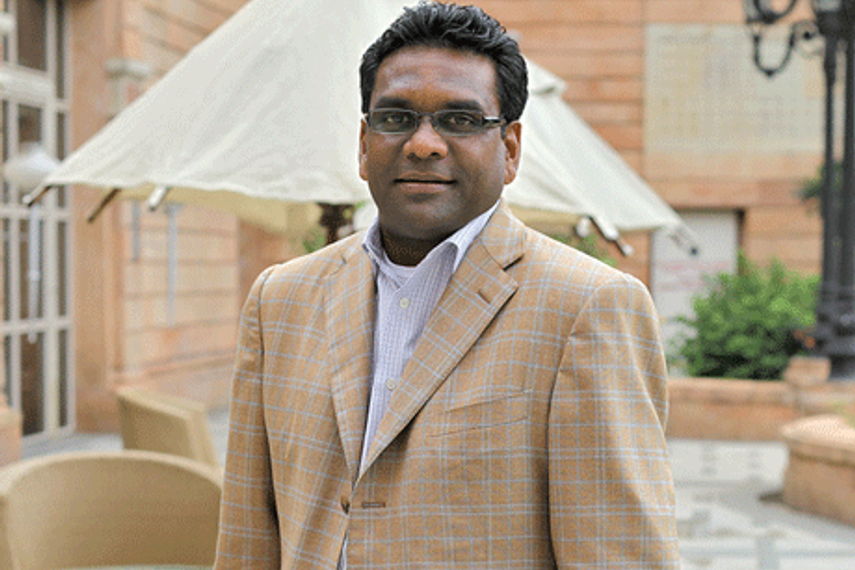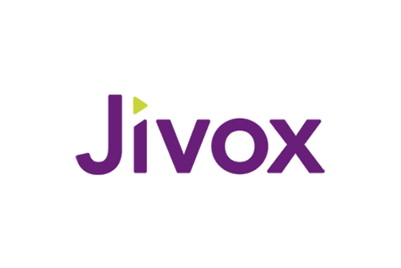
Founder of interactive video advertising platform Jivox, Diaz Nesamoney might be relatively new to the media and advertising space. However, he is not new to the challenges of the digital space. After a master’s degree in Computer Science from the Birla Institute of Technology and Science, he is credited with the launch of Celequest and Informatica Corporation, both in the enterprise solutions space. He went on to sell the former to Cognos Corporation and took the latter from a start-up to a publicly traded company in 1999 with a market capitalisation of over a billion dollars.
When he exited from Cognos, he believed video advertising was going to be the next wave of internet advertising and founded Jivox in 2007. The company, headquartered in San Mateo, California with offices in India, is now a cross-platform solution provider for interactive video advertising and offers solutions like creative customisation, campaign execution, social sharing and analytics.
Nesamoney believes that the lines between technology and media companies are blurring. And he doesn’t feel completely out of place:“A technology company like Jivox has an opportunity to grow because some of the most successful companies in the media space have been technology companies like Apple, Google and Yahoo. Today, advertisers and publishers are starting to recognise that technology will play a significant role in media and advertising than ever before in the history of media. It has become the biggest differentiator,” he explains.
When asked about one of the challenges between selling software to enterprise clients and selling media solutions to marketers, he says, “In some ways, it is challenging because the media and advertising industry traditionally never thought much about technology. On the other hand, enterprises knew they needed technology and appreciated the value of productivity due to technology.”
He adds, “Marketers and publishers are starting to understand that technology can – and will – be a differentiator. It will help them engage consumers. “
Admitting that it can be challenging at times, he observed, “When you go and talk to a television advertiser, they are more concerned about the price. I think they are realising that the audience is shifting, when they see their kids and other children spend all their time with phones and tablets. And today, we need to shift and reach out to this evolving audience.”
Jivox, which started off four years ago, has been growing in the past two years according to Nesamoney. Accepting that online video advertising is still nascent, he states, “It started out as 2 to 3% of digital spend and is now at 7 to 8%. According to industry reports, online video advertising is the fastest growing format online. I believe that it will get to 25 to 30% quickly.”
Identifying the growth drivers for the medium, he says, “One is that TV advertisers are coming online, and their preferred format is going to be video. They don’t care about banners or search much. Secondly, we also believe that part of the banner ad customers, especially the ones who have been doing TV advertising, are going to move towards video. Looking at some of the early customers who started with us two to three years ago, they now have increased their spending by as much as ten times the original campaign. So what that tells us is that the degree of confidence in the results that they’re seeing from these campaigns is getting them to feel that this is a viable medium. They always had good results from it but the reach issue was one of the impediments in terms of how they allocated media and as the reach issue goes away, they’re allocating more and more. The real thing that’s improving the reach is 3G on mobile devices.”
“From an overall digital advertising standpoint, around 50% is search and I don’t think it is going to change much as it is linked to performance and lead generation. Eventually I see video advertising reaching the levels of television advertising in the offline space,” he added.
He feels that the deluge of digital technologies that are thrown at them can be pretty overwhelming for brand marketers, agencies and publishers. “Today, it is about social media, video advertising, coupons, etc. It can be intimidating. I always encourage marketers to experiment and try things out but also to keep an eye out for scale. While something might sound interesting because it is innovative supposedly and looks creative, scale is really important. So, the question the marketer has to ask is the scalability of the solution. If it is reaching out to only half a percent of the target audience, it won’t sustain as a concept. Trying is one way to find out what impact it has, and the scale it delivers.”
Talking about what he wished from them, Nesamoney urged for better understanding about how media placements should occur. Elaborating on the point, he says, “For a while media placements went into the procurements of big organisations. It was like buying chemicals at the lowest price, and that mindset is still prevalent at some levels. In fact, the large media agencies were created to optimise buying. That is, if I can buy chemicals for you, you and you, I can get the best price. That mindset has to change because when you optimise that way, creativity goes out of the window. I think online has suffered a lot because of that.”
Offering a solution for this, he feels that the model has to be tweaked a bit. “There are these new agencies coming up that are much more focused on creative and technology-enabled solutions for delivering a brand message than finding the most optimal prices. That is a big change, and I feel we are just seeing the beginning of the change. That separation has to occur between media efficiency and creative and technological innovations. Hopefully brands will have both because when you spend hundreds of millions of dollars, you cannot pretend it is not important. How you combine media efficiency with innovational creativity is what the industry is challenged with.”
The Lowdown
Age 46 years
Where do you live? Atherton, California, USA
One thing that keeps you going I am a builder by nature - I love creating cool products, building them into successful companies and building the careers and lives of people involved in those companies. I believe that you can build anything if you set your mind to it and are passionate, persistent and patient in pursuing it.
How do you relax? When I am not working on building companies or helping bring about social change, I like to play a little golf, enjoy collecting wine and vacationing with my family to relax.
Motto "Never give up". It is inspired by Winston Churchill's speech: "Never, never, in nothing great or small, large or petty, never give in except to convictions of honour and good sense. Never yield to force; never yield to the apparently overwhelming might of the enemy."








